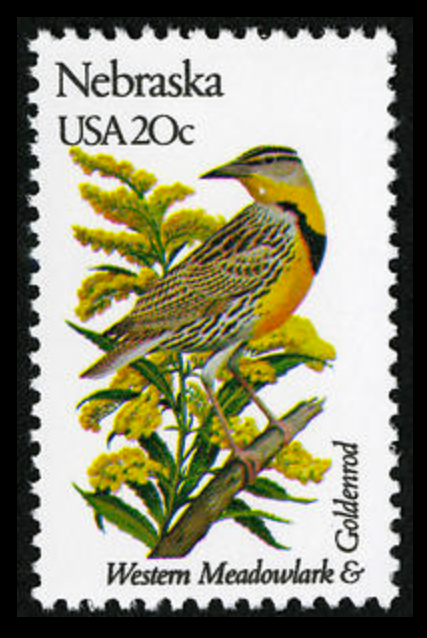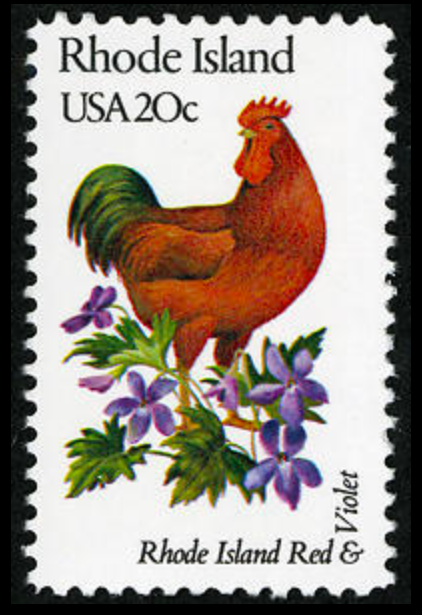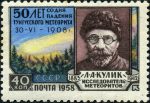(Explore the history and landscape of the United States with us as we approach the 250th anniversary of the American Revolution and American Independence. Get out your homeschool atlas and almanac and follow along!)
Maine is our homeschool state-of-the-week, so why not spend a few minutes today with your students learning about one of Maine’s most important historic places: Saint Croix Island International Historic Site, which commemorates one of the first French settlements in North America.
![[Homeschool American Heritage]](https://upload.wikimedia.org/wikipedia/commons/thumb/4/42/ST._CROIX_ISLAND_INTERNATIONAL_HISTORIC_SITE.jpg/1024px-ST._CROIX_ISLAND_INTERNATIONAL_HISTORIC_SITE.jpg)
“The winter of 1604–1605 on Saint Croix Island was a cruel one for Pierre Dugua’s French expedition. Iced in by freezing temperatures and cut off from fresh water and game, 35 of 79 men died. As spring arrived and native people traded game for bread, the health of those remaining improved. Although the expedition moved on by summer, the beginning of French presence in North America had begun.”
Located on the ancestral homelands of the Wabanaki, Saint Croix Island International Historic Site commemorates the first French attempt to colonize the territory they called l’Acadie. This site tells the story of one of the earliest European settlements in North America. In 1604, Pierre Dugua, Sieur de Mons, sailed from France across the Atlantic Ocean to North America to pursue his beaver pelt monopoly. 78 men, including cartographer Samuel Champlain, stayed with Dugua for the winter. The men found Saint Croix Island to be defensible against any other European attempts to take their claim. The French set to work immediately, building a number of dwellings and a storehouse, and fortifying the island with a single cannon facing down the river. Wheat was planted on the mainland, though they would find out that the island’s soil was far too sandy to grow crops. The Frenchmen met the Passamaquoddy who supplied the furs the French sought in exchange for hatchets, knives, glass beads, metal cookware, and other goods. For many Passamaquoddy, this was their first direct encounter with Europeans.
Unfortunately, as winter came about, the French would find that the climate was not similar to that of France. Having only salted pork and bread to eat, the Frenchmen lacked an intake of vitamin C and fell prey to scurvy. 35 out of the 79 men died of this disease, and were buried in a small unmarked cemetery on Saint Croix Island. In the following spring of 1605, the Passamaquoddy returned from their winter sojourn to the shores of Saint Croix Island. With their help, the health of the remaining French improved. Pierre Dugua made the decision to move their community to Port Royale, in today’s Nova Scotia. The valuable insights gained from that winter on Saint Croix Island formed the foundations of successful settlements by the French and solidified the presence of French people in North America. (nps.gov)
You can find a wealth of additional information about Saint Croix Island’s history, landscape, location(s), and visitor facilities on the website for the Saint Croix Island International Historic Site from the National Park Service, and also on the site’s page on Wikipedia.
![[Homeschool American Heritage]](https://upload.wikimedia.org/wikipedia/commons/thumb/d/db/%28Illustrations_de_Les_Voyages_de_%28...%29Champlain_Samuel_Isle_Ste_Croix_1613.jpg/1024px-%28Illustrations_de_Les_Voyages_de_%28...%29Champlain_Samuel_Isle_Ste_Croix_1613.jpg)
Explore America’s National Parks, National Historical Parks, National Historic Sites, National Monuments, and more via Wikipedia and via the U.S. National Park Service’s website today.
What historical American treasures are you and your students exploring in your homeschool this Orion Term? 🇺🇸
❡ The great globe itself: This is one of our regular Homeschool Geography posts featuring important natural and historical sites in the United States. Print your own copy of our River Houses American Heritage Calendar and follow along with us, and add your name to our weekly mailing list to get great homeschool teaching ideas delivered right to your mailbox all through the year. 🌎
❡ We set to-day a votive stone: If you want a great long-term history and geography project for your homeschool, explore the Historical Marker Database online (hmdb.org) and make a plan to find all the markers that are listed in your local area. Add any new ones you know of that are missing, and add new photos or descriptions for the ones already included. Your students will gain a better appreciation for your local community and will learn a wealth of new information about history and geography. 🏛
❡ Print this little lesson: Down at the bottom of this post you’ll find a special “Print” button that will let you create a neat and easy-to-read copy of this little lesson, and it will even let you edit and delete sections you don’t want or need (such as individual images or footnotes). Give it a try today! 🖨
❡ Books in the running brooks: You can always turn to your River Houses atlas and almanac for more information about any of our homeschool states-of-the-week. The almanac has detailed profiles of all the U.S. states and territories, and the endpapers of the atlas are indexes that will show you where all of the individual national and regional maps may be found. 📚
❡ Homeschool calendars: We have a whole collection of free, printable, educational homeschool calendars and planners available on our main River Houses calendar page. They will help you create a light and easy structure for your homeschool year. Give them a try today! 🗓
❡ Support our work: If you enjoy our educational materials, please support us by starting your regular Amazon shopping from our very own homeschool teaching supplies page. When you click through from our page, any purchase you make earns us a small commission at no extra cost to you. Thank you for helping us to keep going and growing! 🛒
❡ Join us! The aim of the River Houses project is to create a network of friendly local homeschool support groups — local chapters that we call “Houses.” Our first at-large chapter, Headwaters House, is now forming and is open to homeschoolers everywhere. Find out how to become one of our founding members on the Headwaters House membership page. 🏡




